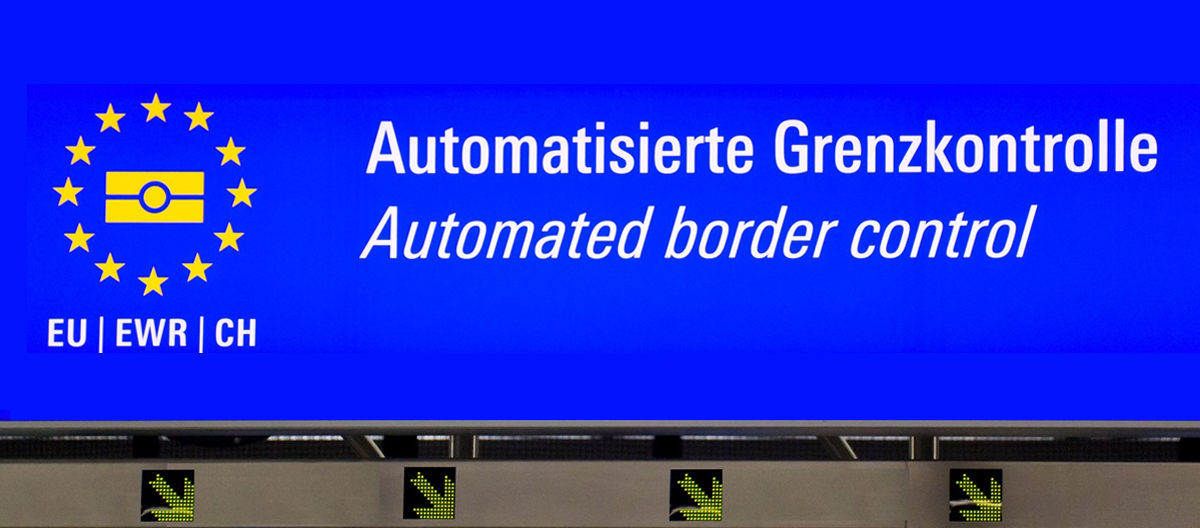As Schengen Visa experts, we are often asked about the Schengen Visa first point of entry.
“Can I enter the Schengen Area in a different Schengen Country than the one that issued my Visa?”
This is one of the questions we’ve been asked hundreds of times in the past few months. Unfortunately, there’s a lot of confusion surrounding the rules and regulations for entering the Schengen Area. Many people believe it is mandatory to enter the Schengen Area via the country which issued their Visa, but that is not always true. This post will help you learn what the Schengen country of first entry is and what you need to know when crossing the Schengen borders.
1. What is the Schengen Visa First Port of Entry?
Your first port of entry is the country in which you enter the Schengen Area for the first time. As you already know, the Schengen Area signifies a region where 27 European countries abolished their internal borders, allowing people to travel freely without going through border controls. However, you are required to show your visa to the immigration officers upon arrival, when crossing the Schengen borders from the outside. If for whatever reason you are not allowed to enter the Schengen Area at your first port of entry, you may be required to return to your country of residence or be sent to a third country. This is known as “refusal of entry.”
2. Should Your Schengen Visa First Port of Entry Be the Same as the Country that Issued Your Visa?
No, you are not necessarily required to enter the Schengen Area via the country that issued your Visa. So why is that?
Suppose you plan on travelling to more than one Schengen country. In that case, the Schengen Visa Code clearly states that your Schengen Visa application must be submitted:
- To the Embassy of the country where you will spend most days (if you plan on spending an unequal amount of days in each country)
- To the Embassy of the country you will enter first (if you plan on spending an equal amount of days in each country)
This means that the first port of entry is not always the same as your ultimate destination within the Schengen Area. You may be entering the Schengen Area at an airport in one country, but your ultimate destination may be a different country within the Schengen Area.


